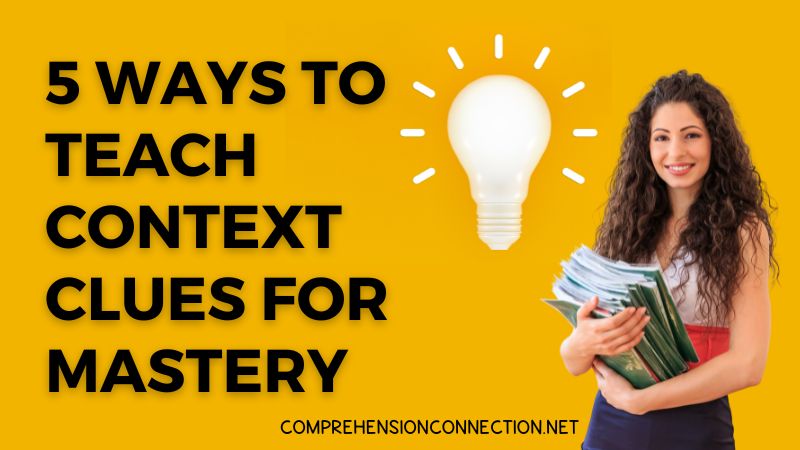
One of the most complex reading standards for upper elementary in the Virginia SOLS deals with word analysis. It includes a long list of skills including context clues, synonyms and antonyms, prefixes and suffixes, compound words, multiple meaning words, dictionary skills, and reading vocabulary. Today, we will be focusing on context clues.
At the VSRA conference last week, I was very happy that I attended the Word Analysis workshop presented by Beth Estill, a fellow reading specialist and literacy coach from Virginia Beach. She shared her division’s plan for attacking this standard, and what she’d put together for the teachers in her division. I just loved her presentation, and it’s gotten me thinking about this standard and how I can better weave word analysis into our daily routine. I think with focused effort, I will see growth in other reading domains as well. So, let’s break down this standard and get to the meat of this post.
How Can We Best Teach Context Clues?
Context Clues: Introducing anaphoric relationships
There are many different ways to present the skill of context clues, but one important teaching technique that is essential with context clues and many others is Think Aloud. Struggling students often do not see connections, so as we model, talking through our thinking helps these kids better understand. Following the I Do, We Do, You Do (with support), You Do approach leads to better application.
An anaphora is a word relationships where one word replaces another word within multiple sentences. These word relationships are used often in “stretch texts” and specific parts of speech are used to make the anaphora.
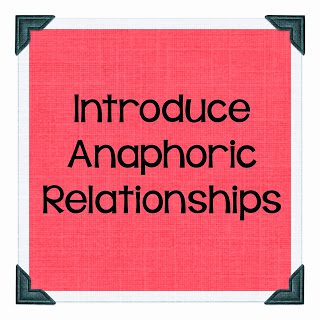
Teachers should practice pronoun and noun replacement, verb replacement, and clause replacement. In order to be successful with anaphoric relationships, students need to infer and see the thread of comprehension that connects one sentence to another sentence, and the goal with studying anaphoras is to build awareness of these relationships between words because they are intentional.
Context Clues: Modeling Pronoun substitutions
One way to introduce anaphoras is with pronoun substitutions. You can model the challenge that comes with using only nouns. Have student volunteers hold a word poster of each word in the following sentence:
Sarah and John drove to the mall. _____ bought presents for their sister.
Have the students holding the words, Sarah and John run from the front of the sentence to the beginning of the next sentence. Read faster and faster to show that it’s a lot of work to use the same words when Sarah and John can be replaced with the word, They. (I do)
Once students understand what an anaphora is, then they’re ready to practice (We do). Examples like this one work well for group discussion.
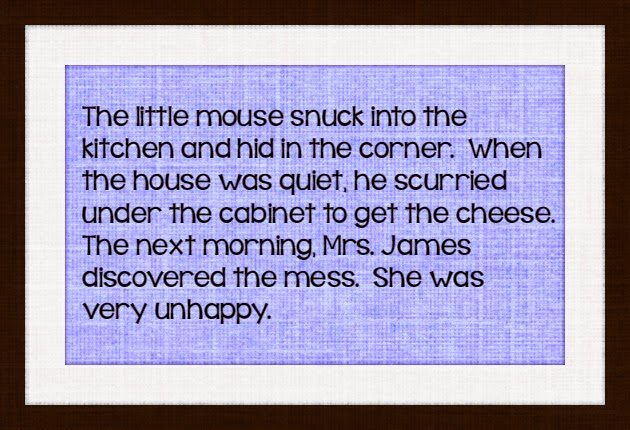
As students begin to understand the pronoun usage, then teachers can move on to noun replacements. It takes special attention, so additional practice may be needed with it.
Context Clues: Explaining Noun Substitutions
To introduce noun substitutions, teachers model with slides like this one below. Notice the words in italics…second prize/the honor.
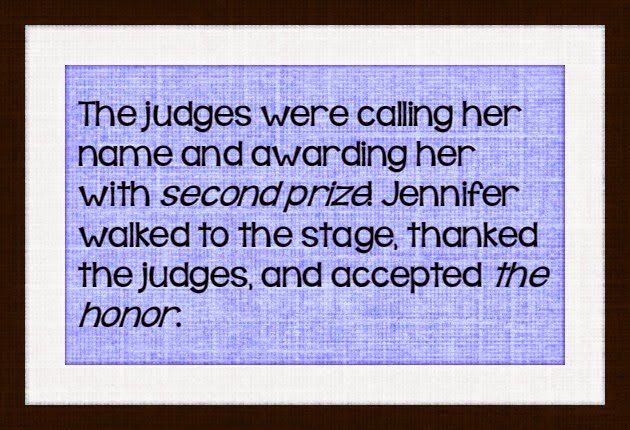
Where is the replacement word for prize?? (honor) What other word could be used? This author is making you work by using honor. Why does the author choose the word, honor?
Example #2
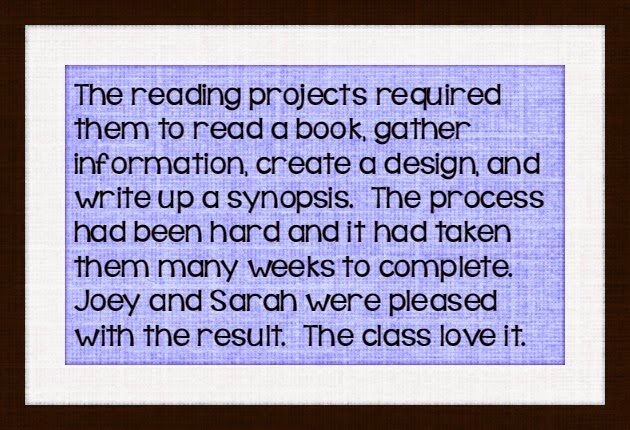
How do the ideas connect? What is the process? Who is the subject? What did the class love? How can you tell that the process was hard?
For additional practice, using released passages with analysis level questioning will help students look for these connections and context clues. Teaching students to highlight and draw arrows to show relationships may be helpful since online testing provides these tools. Madlibs are a great way to practice and assess understanding of this skill.
Use Read Alouds with rich vocabulary
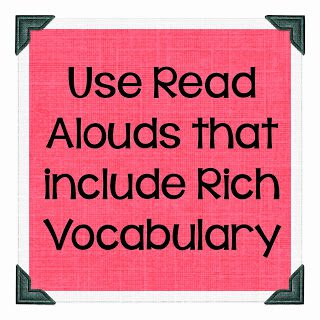
Another great way to address context clues is with quality literature. Students need to work on Tier 2 vocabulary, meaning high utility words that are just beyond what the student know. I think of Tier 2 words as the juicy words we want students to use in their writing. Sharing vocabulary rich books as mentor texts is one great way to expose children to new authors and to model with think aloud how we should tackle new words. Key questions you can ask are:
- What do you think this word means?
- How can you figure it out?
- How is it used? (part of speech)
- How else might we use it?
- Can you find examples or non-examples within the text?
Authors I love for vocabulary rich stories include Patricia Polacco, William Steig, Patricia MacLachlan, and Chris VanAllsburg. For younger grades, Karma Wilson’s Bear Books, Eve Bunting, and Cynthia Rylant are great go-to authors. Prior to reading the book, preselect the words you plan to discuss.
Use nonsense words in context for paired discussion

A final type of activity that works well are task cards with sentence level clues and paragraph level clues. With these, nonsense words focus students on the clues that help them. Students should be taught where to find clues and what type are used. Here are a few types of clues we see often:
- Synonym clues
- Antonym clues
- Definition or renaming
- Explanation or Example
Here are examples of each type.
For vocabulary, we can write a sentence or two with nonsense words and have students team up and discuss the clues they find to determine a substitute word. Student talk helps students show their thinking and apply their learning. Task cards can also be used for games such as Scoot, Jeopardy, and even Connect Four.
Other posts you may find helpful:
- ENGAGING VOCABULARY ACTIVITY CARDS EVERY TEACHER CAN USE
- 20+ WAYS TO KEEP VOCABULARY FRESH AND FUN
- EASY TO USE VOCABULARY IDEAS FOR ANY LESSON
resources for teaching vocabulary
-
Testing Vocabulary Word Wall Set for Reading$4.00
-
Synonyms and Antonyms Project Paper Bag Book Synonym and Antonyms Activities$4.00
-
Sale Product on saleVocabulary Activities for ANY Word List Lessons Context Clues in Digital and PDF
$14.99Original price was: $14.99.$9.95Current price is: $9.95.
There are many ways to teach context clues, and these three will hopefully help you find what works for your students. I will come back in a few days to share another vocabulary building skill to continue my series of posts. Have a great day, and come back soon.

Pin for Later:
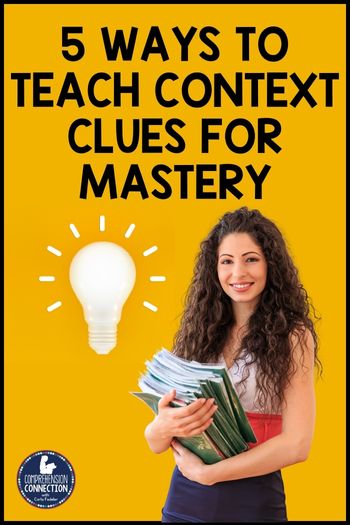








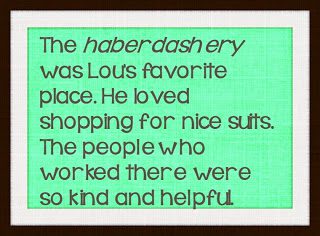
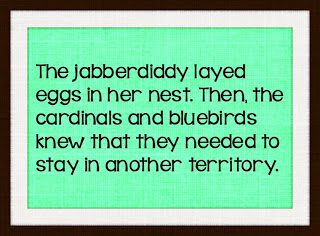
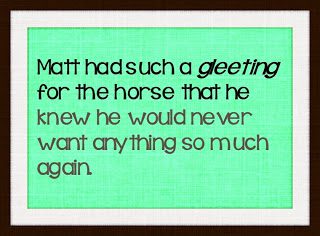








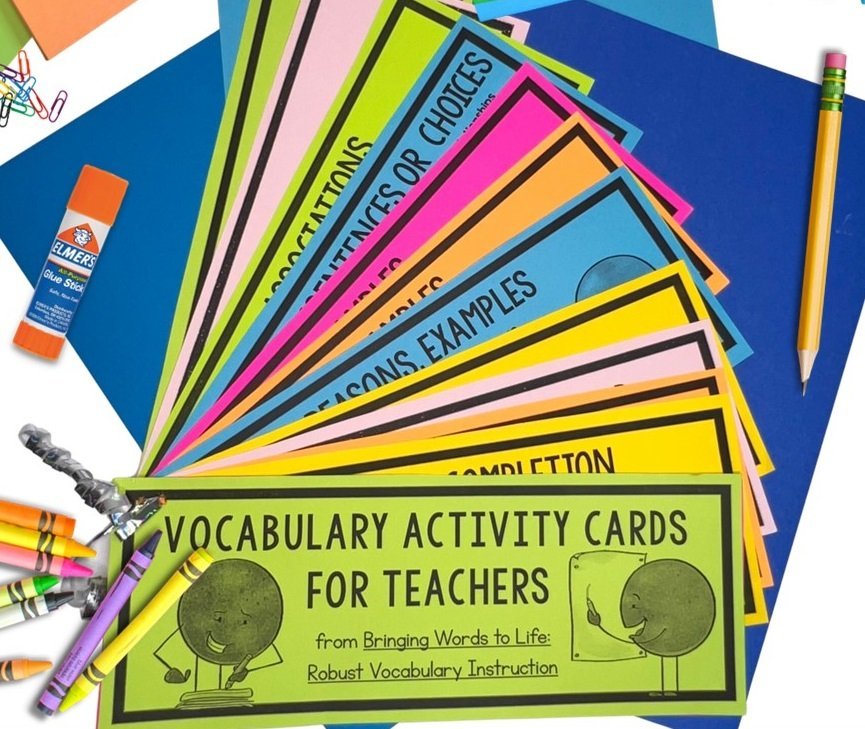


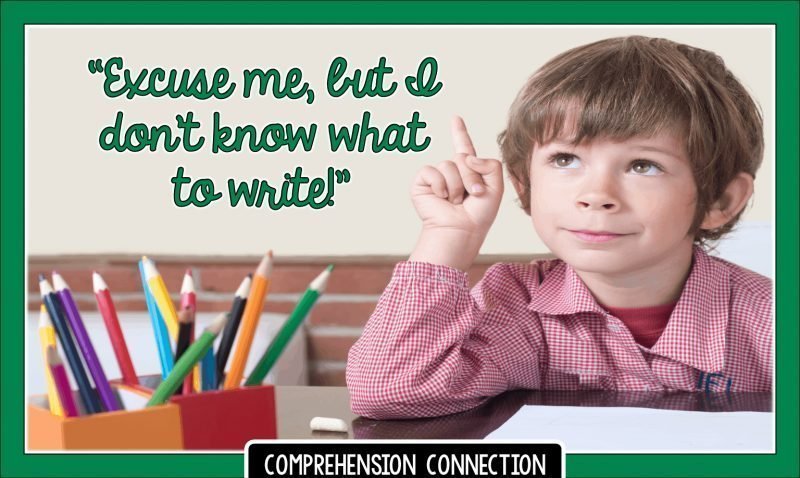
4 Responses
Very detailed article. I like it. I'm going to share it with my friends.
Thanks! Next week, I am going to work with my kids on anaphoras as well as other context clues activities. I think I will come back to this post and add more detail. As I was writing last night and thinking about it this morning, I thought it might help to have photos and a few more details. I think your comment will show up in my email, so I'll try to let you know when I have it added.
I learned something new today, Carla. The term anaphoric is new for me. This is a great article on context clues. Thank you so much for sharing your expertise!
Best wishes!
Jen 😉
It was completely new to me too until the VSRA conference. Heidi Mesmer from Virginia Tech University did a great presentation on why kids struggle with "stretch" texts. I plan to elaborate on this idea as I make a few activities to use with my students, but for now, you might google Heidi's research to read more.